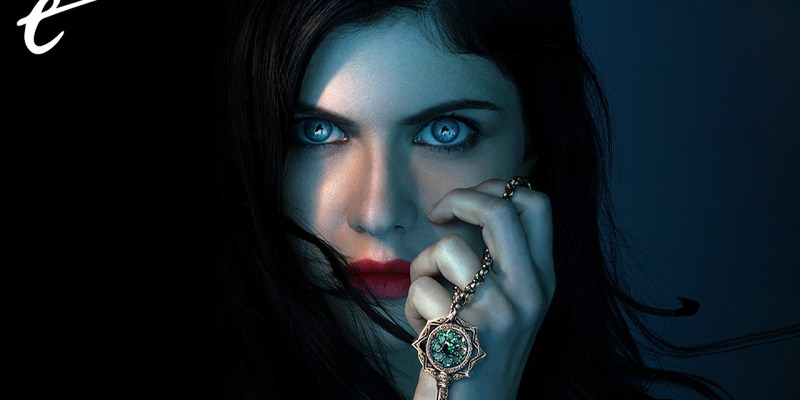With Interview with the Vampire and Mayfair Witches, AMC is creating the “Immortal Universe,” based on the work of Anne Rice. Interview with the Vampire was a stunning show, based on Anne Rice’s Vampire Chronicles series. Combined with The Lives of the Mayfair Witches, there’s 18 titles in total that AMC now has the rights to. While the first season of Interview with the Vampire was a compelling watch, a lavish and bold story with extravagant settings and characters, Mayfair Witches lacks the same magic that Interview created. It seemed like a reasonable assumption to think that Mayfair Witches would be similarly excellent, but after this first season, that’s currently not the case.
Mayfair Witches tells the story of neurosurgeon Rowan Fielding, played by Alexandra Daddario. When Rowan’s mother passes away, Rowan, who knows that she is adopted, sets out to find out more information about her birth family — information her adoptive mother had worked hard to keep from her. Rowan learns that she is from a family of witches in New Orleans. The family has been haunted for generations by a supernatural entity, one that she’s forced to contend with and that she’ll find out she’s very unprepared to face.
Rowan is contacted by Ciprien Grieve (Tongayi Chirisa), a field agent of the Talamasca — a powerful secret society that helps to protect the supernatural and record their histories. Ciprien had been tasked with observing and protecting Rowan, first helping to keep her history secret from her, and then protecting her from the malevolent spirit Lasher and helping her to learn about her history and her abilities. Ciprien has supernatural abilities of his own; he has visions related to his sense of touch, an ability that seems as much a blessing as it is a curse. Ciprien and Rowan develop a relationship that’s central to the first season’s plot, and it’s one of the more sincere-seeming relationships of this season, thanks to Chirisa’s performance.
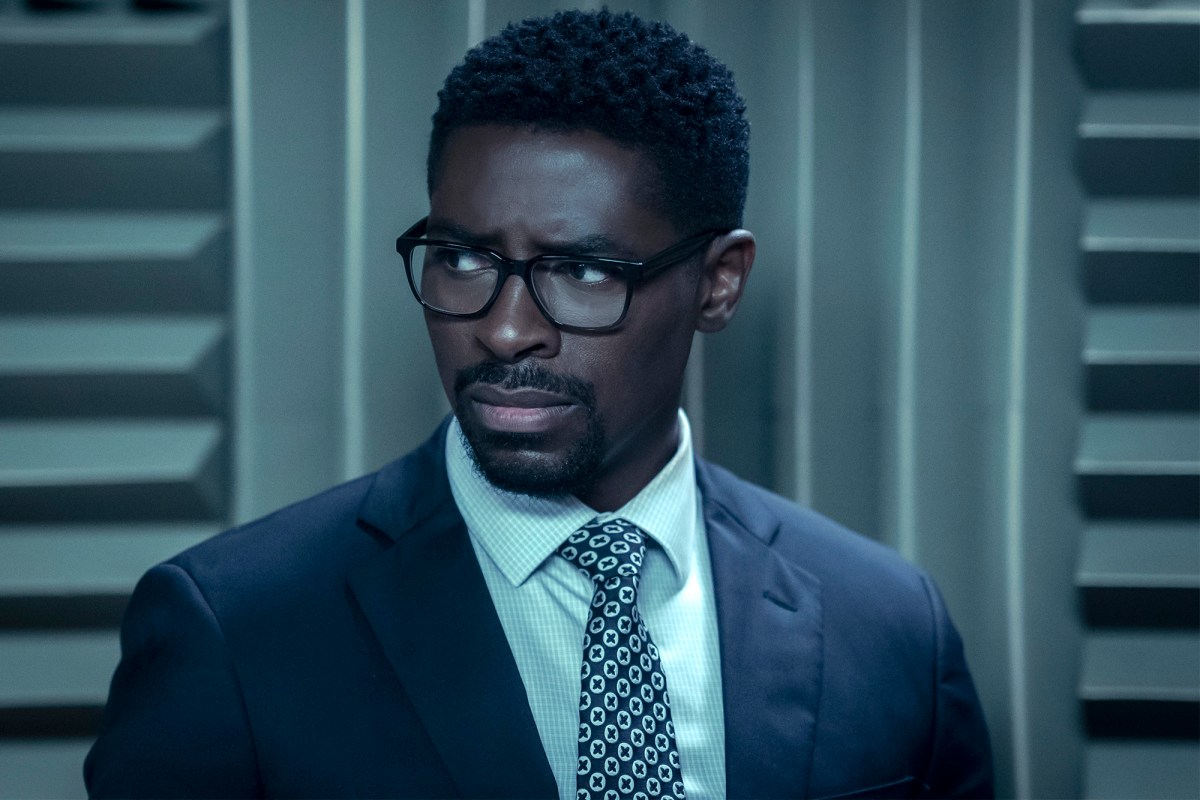
After watching the first episode of Mayfair Witches, I felt as though the show was not living up to the standards AMC watchers have come to expect — instead, it felt more like a show that would be on The CW. Melodramatic, a bit cheesy, a bit tame. I really hoped that I was wrong — the show did have elements that seemed promising. Watching this show was a roller coaster ride, and my mind kept changing about how I felt about it. Impressed after episode 2’s cliffhanger, I was excited about where the show would go. By the end of the third episode, though, I was bored.
Mayfair Witches premiered to a larger audience than Interview with the Vampire did; I don’t know how much more popular the Lives of the Mayfair Witches book series was compared with the Vampire Chronicles, but I do know that Alexandra Daddario has 23 million Instagram followers and is likely a big part of why so many folks tuned in. While many people watched Mayfair Witches week to week as it aired on AMC or AMC+, I think that it would make for a better binge watch (which is, admittedly, how I watch most shows). The ratings for Mayfair Witches have been pretty decent; maybe, like me, people kept watching the first season in the hopes that it would live up to our expectations. If you choose to binge-watch this though, you can tune out for the middle of the season and start paying attention again when things get interesting near the end.
What first struck me about Mayfair Witches and its potential for greatness was the show’s aesthetics. While I sang praises to the show’s visual elements after watching just a few episodes, by the time I was watching the fourth episode, I was tired of this distinct, dreamy style. From each episode beginning with a highly saturated, very green flashback in Scotland, to the hazy technique used for certain scenes, the show’s visual language is clear. An eerie and mysterious tone for the series is set with the use of these elements, and without the beautiful sets, costumes, and aesthetics, certain episodes of Mayfair Witches wouldn’t have been worth watching at all. Unfortunately, I do not think that strong visuals and great production value can save an eight-episode series from being downright boring.
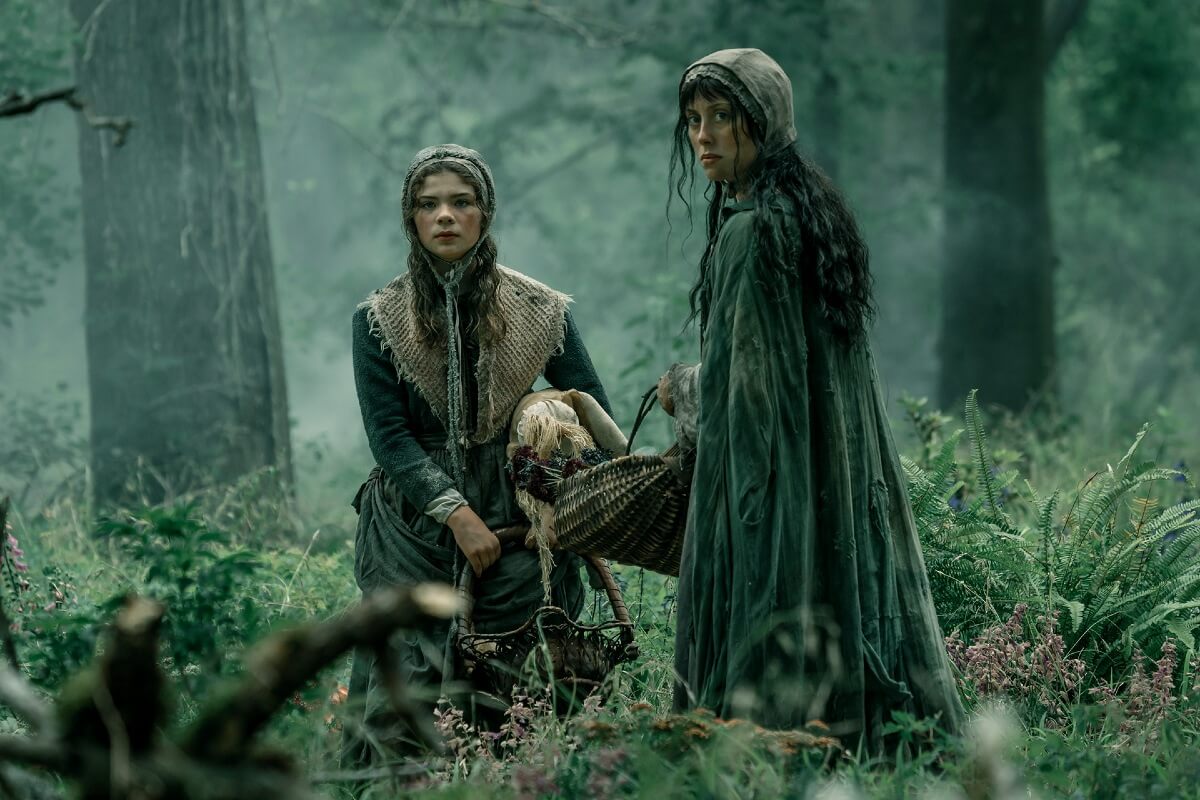
When Rowan meets with her Aunt Carlotta (Beth Grant) in New Orleans, she learns that she’s the 13th heir of the Mayfair family, which they call the “designee.” While mainly this should yield positives for Rowan, it also means that Rowan is bound to the demonic Lasher. Lasher’s performance, by Jack Huston, is one that I found extremely lacking in Mayfair Witches. An immortal entity, Lasher has haunted the Mayfair women for generations. He manipulates and gets inside Rowan’s head. The thing about this, though, is that he seems to be miscast. Lasher is supposed to be an irresistible but malicious spirit, and Huston’s performance doesn’t quite fit.
While generally the costumes in this show range from pretty good to great, Lasher is always wearing the most hideous suits, and he does not pull them off well. This just adds to why I have a hard time believing Lasher as seductive. It’s nothing personal against Jack Huston or his looks — he’s a perfectly handsome man — he just doesn’t have the look that a terrifyingly sexy villain should have. (I guess there weren’t any Skarsgårds available.)
In the first few episodes of Mayfair Witches, Rowan accidentally maimed a few men with her powers. It was amusing, and to see this hesitant woman come into her power was intriguing. A surgeon who lives on a boat and prefers to stay single, Rowan is eccentric, quirky, and unsure of herself. While I liked Rowan — and Daddario’s performance — I did worry that Daddario’s performance would get annoying, and, well, it does. By episode 5 I was absolutely exhausted by Rowan.
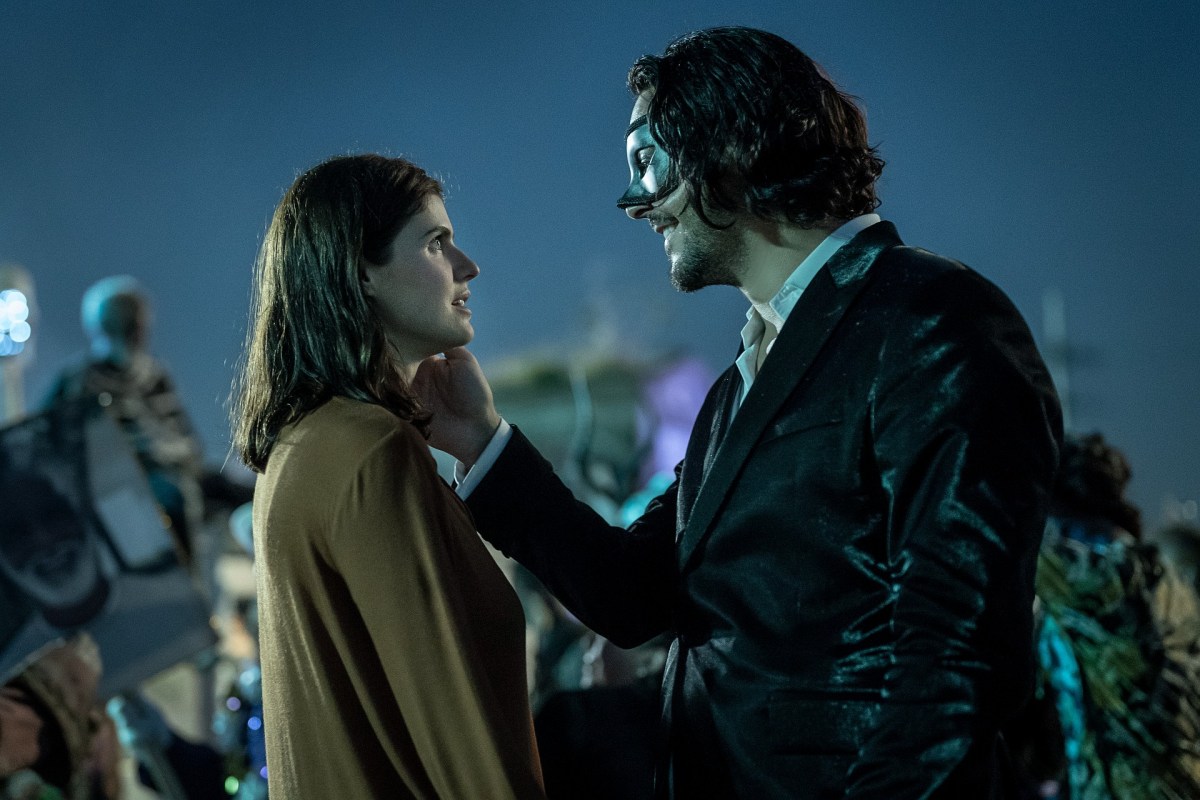
What should be an interesting power struggle between her and Lasher is exasperating and difficult to believe, as Rowan constantly looks like a deer in headlights around Lasher, and she’s easily manipulated. Still, though, I don’t think the fault lies entirely with Daddario. Her constantly-perplexed-Rowan face is tiresome, but I can’t entirely blame her for doing what she could with a weak script. I want very badly to care about Rowan, but not even a late-season plot point reveal can up the stakes enough for me to be fully invested.
I’m coming into Mayfair Witches evaluating the show as separate from the books that the television series is based on — I’ve never read the books. The thing about watching a television or film adaptation without being familiar with the source material is that, sometimes, it means you’ll actually really enjoy the adaptation more than loyal fans do. There’s nothing to “ruin” if you’re not worried about how faithful an adaptation is. From what I’ve gathered, the show is very different from the books it’s based on, but I wouldn’t know the difference. Tonally, though, Mayfair Witches is not as dark or mysterious as I expected from an Anne Rice adaptation.
Mayfair Witches isn’t sexy either, and it’s not just a Lasher problem. After Interview with the Vampire, which was both very sexy and very gay, it’s surprising that Mayfair Witches is neither. Actually, it’s not very queer at all. There are a few characters who may be queer, but it’s not made explicit. On the other side of wishing that the show were more queer, I do appreciate that trans actress Jen Richards’ role as Josephine Mayfair has nothing to do with her character being trans. Regardless of the lack of queerness, I wish Mayfair Witches either leaned further into the CW-esque melodrama, or that it was fun, sexy, and dramatic, like True Blood. Instead, it’s neither.
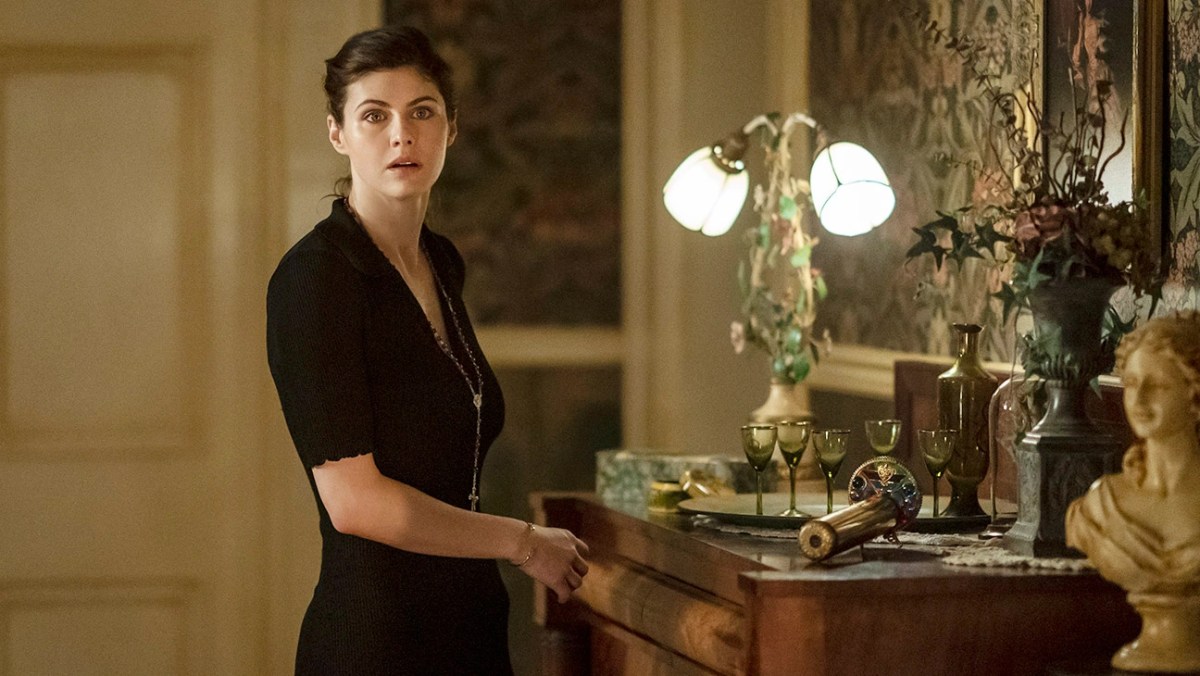
By episode 6, I did not want to carry on with watching Mayfair Witches, but I did! I wanted to see if it would get any better, and thankfully, it does get a little bit more interesting. After the mid-season lull, pieces start to come together in episodes 6 and 7, and the pace picks up a bit. The flashbacks that we saw in Scotland, about the beginning of the Mayfair family, are explained. It seems like this storyline, of the origin of the Mayfair witches, would have been a more compelling focal point of the series. Hannah Alline’s performance as Suzanne, the original Mayfair witch, is much more believable than Daddario’s. She’s a woman confused and startled by her powers, but more in control of them than the ever nervous Rowan.
Since Mayfair Witches was renewed for a second season, I’m curious to see how AMC’s Immortal Universe grows, and I’m looking forward to the eventual crossover episode with Interview with the Vampire. I’m not alone in my feelings about Mayfair Witches — while Interview with the Vampire had a Rotten Tomatoes score of 98% on the Tomatometer, Mayfair Witches is coming in at 46% at the time of this writing.
There’s a lot of room for potential, if Mayfair Witches lets go of contrivances. If the writers of Mayfair Witches are going to carry on with ho-hum scripts, I don’t think this show will be worth continuing to tune into. I’d like to see the show be unafraid to lean into that sort of scary-sexiness that Anne Rice’s characters are known for. If Daddario can make us believe in the struggle between Rowan and Lasher, there could be something good here, but unfortunately, season 1 left much to be desired.
